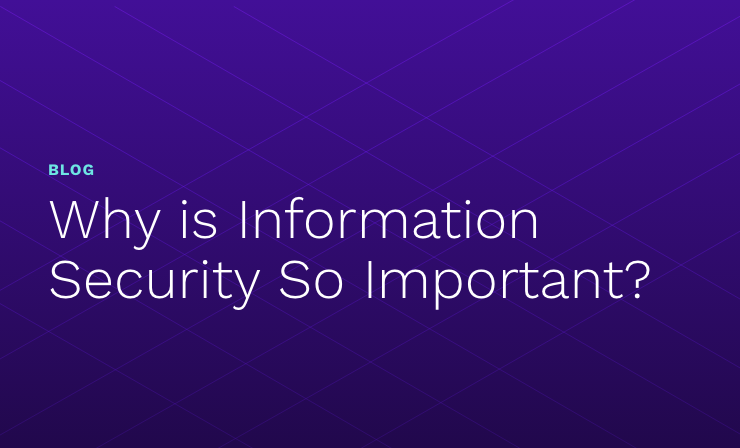- Why Securonix?
- Products
-
- Overview
- 'Bring Your Own' Deployment Models
-
- Products
-
- Solutions
-
- Monitoring the Cloud
- Cloud Security Monitoring
- Gain visibility to detect and respond to cloud threats.
- Amazon Web Services
- Achieve faster response to threats across AWS.
- Google Cloud Platform
- Improve detection and response across GCP.
- Microsoft Azure
- Expand security monitoring across Azure services.
- Microsoft 365
- Benefit from detection and response on Office 365.
-
- Featured Use Case
- Insider Threat
- Monitor and mitigate malicious and negligent users.
- NDR
- Analyze network events to detect and respond to advanced threats.
- EMR Monitoring
- Increase patient data privacy and prevent data snooping.
- MITRE ATT&CK
- Align alerts and analytics to the MITRE ATT&CK framework.
-
- Industries
- Financial Services
- Healthcare
-
- Resources
- Partners
- Company
- Blog
SIEM
There is never a day that goes by without the IT Security and Security Operations Centre (SOC) getting overwhelmed with data breaches and security events in any organisation. India ranks high, along with other countries that witnessed a radical increase in data breaches and targeted attacks in 2021, across industry verticals. These events are negatively impacting organisations and causing business, financial and reputation losses. The Air India data breach brought focus to third-party risk. A Police exam database with 500,000 candidates’ details went up for sale. 62% of the 74% of SMBs that suffered cyber-attacks last year said it cost them over Rs.3.5 crore. The list does not end here. Poor access management, insecure applications and Application Programming Interface (API)s, misconfigured cloud storage, overprivileged users, shared credentials are some of the common causes of data breaches.
Challenges faced by Security Operations Team
Targeted attacks, Supply chain attacks and Insider Threats are exponentially increasing in number, frequency and complexity. The explosive growth of multi-cloud, containers, Mobile and IoT devices have also increased the threat landscape and the time taken to detect threats. The legacy Security Information and Event Management (SIEM) tools are not capable of processing and analysing cloud data. They were not designed to combat the cyber-attack speed and volume and also are unable to scale.
Lack of skilled analysts in the SOC, the growing number of false positives, absence of integrated security analytics and increasing compliance requirements, have led to analysts getting overworked with alert fatigue setting in. Analysts also have to track behaviour and critical events, gather, aggregate and analyse all the log data from across the on-prem data centre, applications, firewalls, cloud servers, networks and other security solutions and devices. Legacy SIEM has limitations to process all these data without any single pane of glass view across the entire context of the networks, applications and endpoints.
Furthermore, the Security Teams do not have the required control over the remote workers’ cybersecurity practices, where these employees could be working in unprotected networks. Threats could be triggered that include business sensitive information being exposed when employees collaborate over platforms and share it with other employees and third-party associates. Traditional SIEM leverage weak rule-based detection techniques to identify threats and do not meet the modern-day requirements.
Securonix Next-Gen SIEM comes to the rescue of Security Teams
Unlike the legacy tools, next-generation SIEM solutions work well in today’s complex infrastructures. Securonix Next-Gen SIEM, a leading solution in the global marketplace, can significantly reduce the time to identify, investigate and respond to advanced security threats at cloud scale. With an Analytics-driven approach, Securonix helps security teams gain unparallel visibility, detect and respond to threats faster than before and are able to improve SOC efficiency.
Securonix Next-Gen SIEM solution collects huge volumes of data in real-time, uses patented machine learning algorithms to detect advanced threats, and provides automation for security incident response for fast remediation. The solution’s user-based risk scoring helps to uncover complex threats with minimal noise.
Securonix Next-Gen SIEM gives the security team profound visibility, detection, and response at cloud scale and integrates seamlessly with all the data sources, threat intelligence tools, and other technologies in the SOC. This enables analysts to stay on top of the threats.
Securonix is built on cloud-native architecture that helps to scale as the data requirements evolve, with on-demand scaling and zero infrastructure to manage.
With integrated Security Orchestration, Automation and Response (SOAR) capabilities of this Next-Gen SIEM, analysts can accelerate incident response with automated playbook actions, workflow standardisation, and collaborative incident management.







